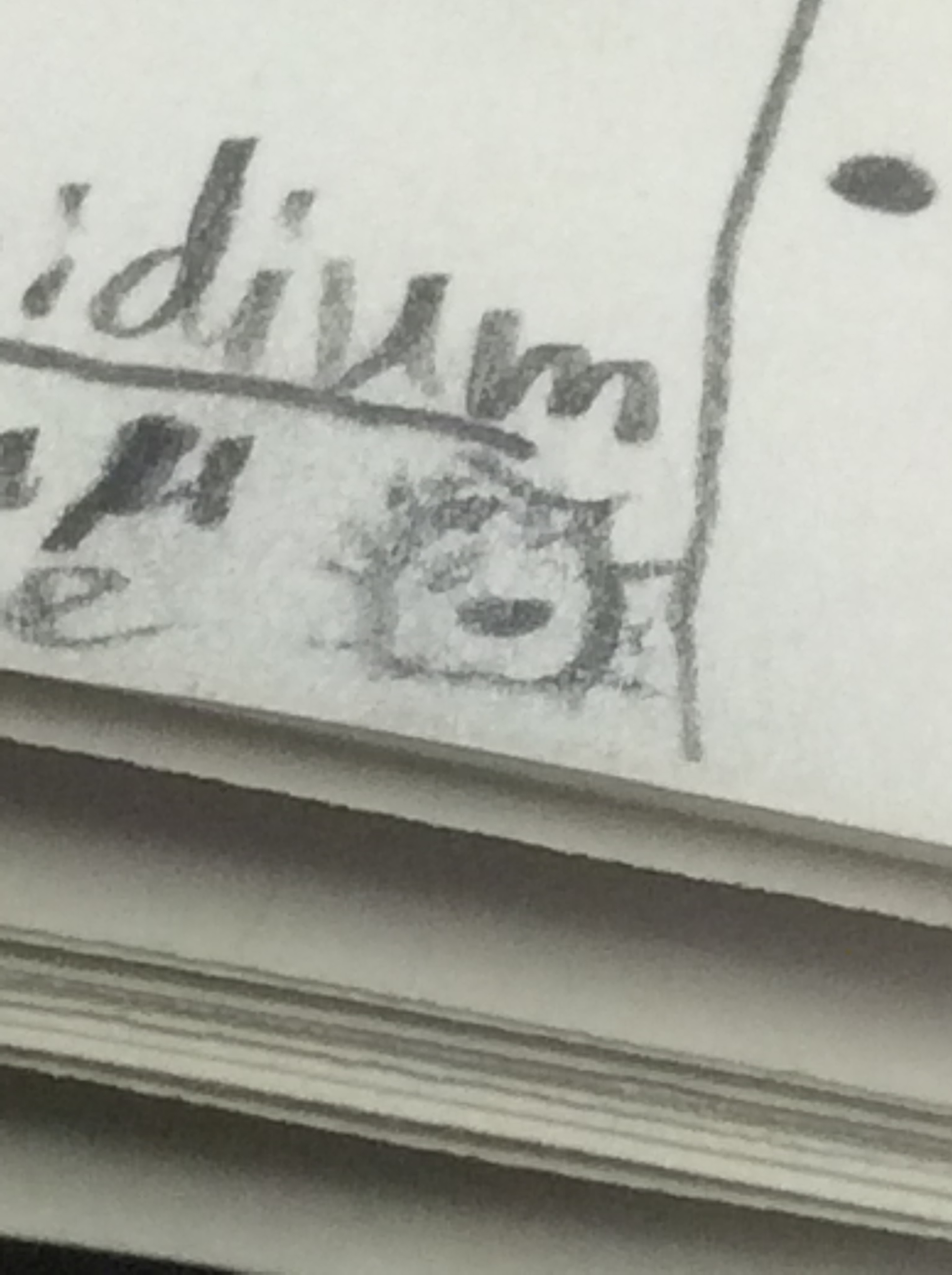User:Adam Nolan/Notebook/Biology 210 at AU: Difference between revisions
Adam Nolan (talk | contribs) No edit summary |
Adam Nolan (talk | contribs) No edit summary |
||
| Line 87: | Line 87: | ||
[[Image:Cell_4.png]] | [[Image:Cell_4.png]] | ||
''Paramecium Bursaria'' | ''Paramecium Bursaria'' | ||
Revision as of 17:33, 27 February 2015
Start of Notebook
First entry. I'm able to effectively write content in this notebook.
Lab 1 - Biological Life at AU.
In this lab, the goal was to analyze a specific ecosystem that appears on AU’s campus in a 20 by 20 meter transect of land. The transect we were assigned was the marshland, which was located outside the tunnel, near the road, across the street from the Katzen arts center. We mapped the area by drawing what we saw, and samples of of vegetation and soil were taken. We attempted to capture as much of the diversity of the area was we could in our sample. That includes both biotic and abiotic samples. The marshland was rich with vegetation and was very moist. Because it was winter, there was snow littered throughout the area. The west and southwest ends of the marsh were very rocky, while the north and northeast areas were muddy and had lots of taller plants. Large stones were scattered throughout the marsh. Cattails ran along the center of the transect. On the western most corner was a sewer grate where water drained. We recorded what biotic and abiotic factors we found.
Abiotic factors included:
Rocks, metal (sewer grate), soil, light, snow, air, ice.
Biotic factors included:
Grass, moss, cattails, weeds, clovers, cardinal flowers, straw plants, and various shrubs.
After obtaining our sample and mapping the area, we returned to the lab and made a hay-infusion culture with the sample we collected. The hay infusion culture was made by placing 12 grams of our sample into a plastic jar with 500mLs of water. .1gm of dried milk was added, and the solution was gently mixed for 10 seconds. After that it was left uncovered for a week for later observation.
A sketch of the marsh transect
Lab 2 – Identifying Algae and Protists
In this lab, the goal was to analyze the different types of cells present in the hay infusion culture we made in the previous lab from samples we obtained from the marshland transect. We took drops from the top layer of the culture and another from the bottom. Both drops were made into wet mounts and viewed under a microscope in order to identify different types of cells living within. The hay infusion culture smelled rancid, like hot sewage. The water was a yellow color, and a fine layer of silt had collected along the bottom of the jar. A whitish film had developed over the top of the water, and the vegetation from the sample floated near the bottom. The plants were still green, so we could assume they were still alive. The film at the top of the water appeared to be some sort of mold, which we also categorized as alive. The first sample we took was from the very top of the jar, just underneath the moldy film so that water could be drawn out. From the sample, we identified three different types of organisms.
Sample 1:
Paramecium Bursaria
-100µm
-Motile
-Green color indicates photosynthesis
- This organism is able to survive in its environment because it’s able to obtain energy (photosynthesis) and move around to get to areas where energy will be most available.
Pandorina
-70µm
-Organized into a colony
-Not motile
-Didn’t appear to use photosynthesis
Blepharisma sp.
-450µm
-Purple color
-Not motile
-No photosynthesis.
Sample 2:
Sample 2 was obtained near the bottom of the jar. Some silt was taken up along with the water.
Ameoba Proteus
-20µm
-Moving/sprouting (motile)
-No photosynthesis
-No color (clear)
Paramecium Bursaria
-50µm
-Motile
-Used photosynthesis (green color)
Colpidium
-60µm
-Motile
-No photosynthesis
-Clear color
If the hay infusion culture were left for another two months, I would expect the amount of cells to diminish as the amount of energy available decreased. Not to mention there is a good chance the water would all have evaporated at the end of two months. Without that water most if not all the cells would likely die shortly.
Image of our hay infusion culture.






